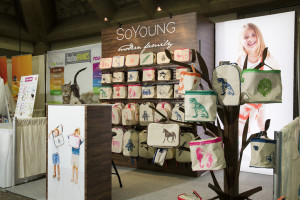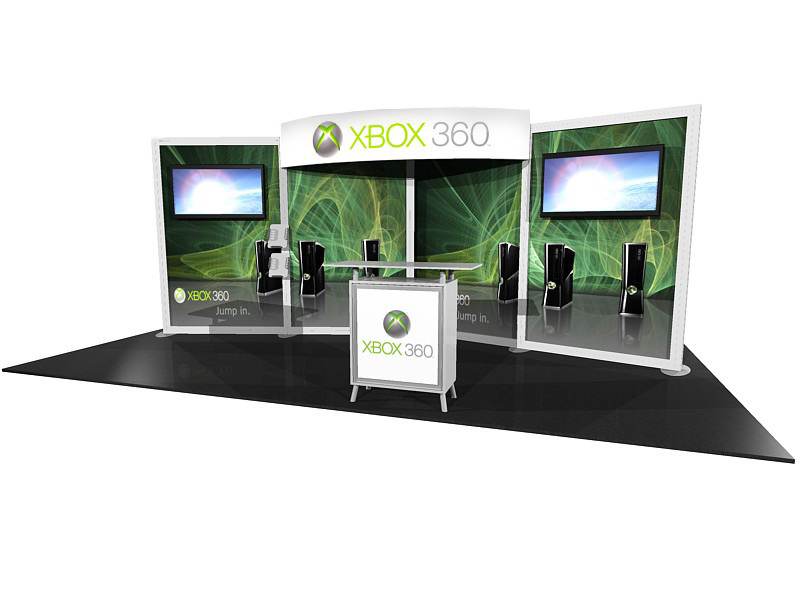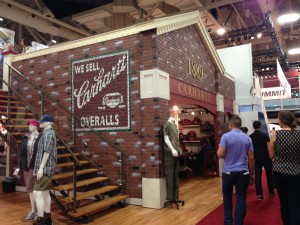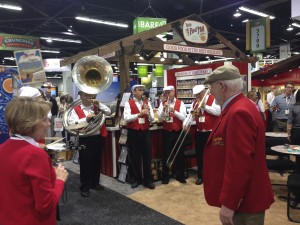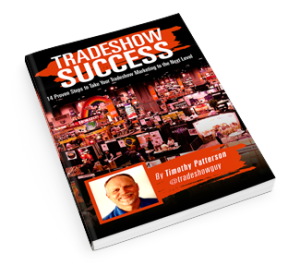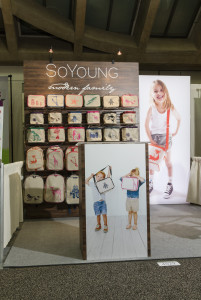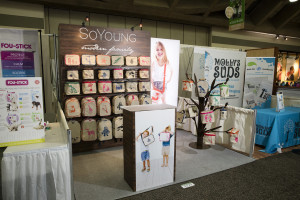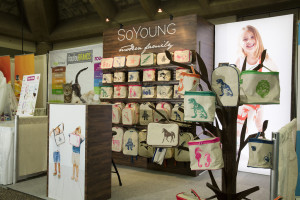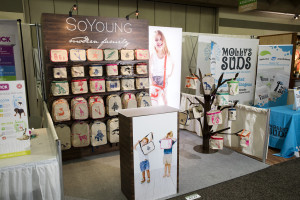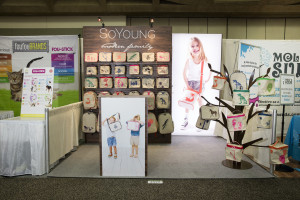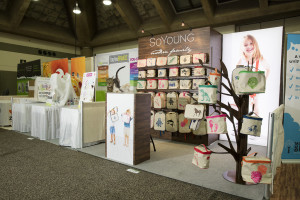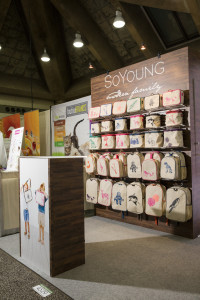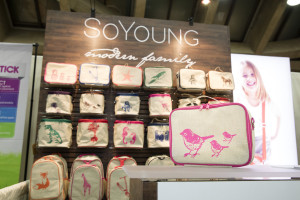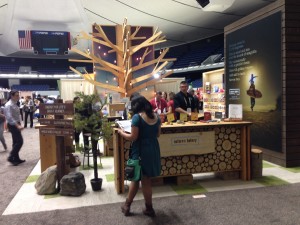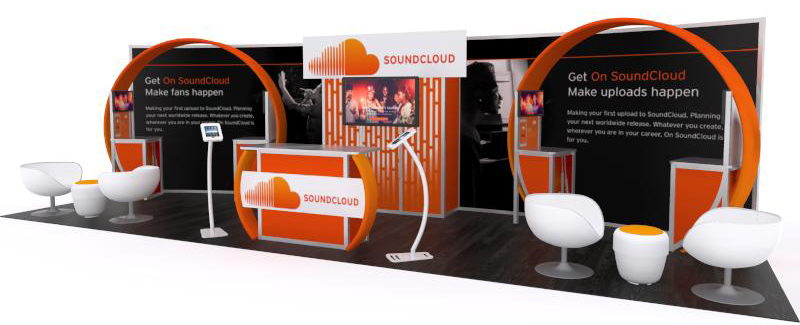Exhibit Care for the Long Haul
Exhibits are a big investment. Tradeshows cost money, and one of the biggest costs is the initial outlay for a new custom booth. Even smaller, modular booths with little to no customization can put a big ding in your pocketbook. With such a big investment, it makes sense to care for the investment so that it lasts year and years, giving you a better return on your investment.
Keep it Running Like Your Car
A new car comes with a warranty, and often comes with free oil changes and maintenance for a set period of time, depending on how desperate the car companies are to sell you something. A new exhibit will usually have a warranty covering many items, but you’re still responsible for upkeep. Imagine your new car. Yes, you get the oil changes done regularly, but do you clean and vacuum the car often? Do you check to make sure headlights, turn signals and brake lights are all working? You’d hate to get stuck on a cold winter night with no headlights. It’s the same (and different) with your exhibit. It’s the same because it needs upkeep and attention. But it’s different because unlike a car which is driven virtually every day, an exhibit is seen only when it’s out of the cases or crates.
The next time your booth is set up, get there early and go over it with a fine tooth comb. Take photos of damages and make notes of changes you’d like to make such as graphics or layout.
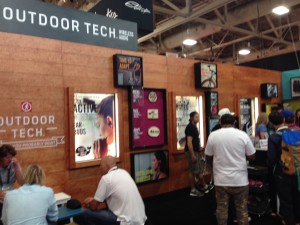
Time for an Upgrade?
When driving a used car, after tens of thousands (or hundreds of thousands) of miles, you might need a major overhaul. A new transmission, a new engine, of course new tires and brakes on a regular basis. With an exhibit that’s showing it’s age, you just might be ready for an upgrade. Perhaps your company is growing and you need a larger space. This might mean you have to either get a new booth or add on to your current booth. Adding on is the more economical route (usually), and it allows you to keep using the basic booth for a few more years.
Upgrades can also mean adding or changing graphics. And chances are, if your older graphics are at least a few years old, the newer graphics will be printed on newer generation printers with better substrates, which means a much better look.
Making the Case
One often overlooked area for maintaining the value of your exhibit investment are the shipping cases. Whether you have a custom-jigged wooden crate, or a series of smaller cases with custom-cut pads for the exhibit parts, it makes sense to take a close look at those items to make sure they are maintaining their integrity. Over the years those cases and crates are also open to wear and tear. Felt can come off, custom cut jigs can get broken – after all, the very act of setting up and dismantling exhibits is hard on them. If need be, engage somebody to make repairs, or send it back to your exhibit house for repairs.
Go to the Right Shows
The final thought on maintaining the long term viability of your tradeshow booth is to make sure you’re not going to shows that are no longer any good for you. After all, if it’s not a good show, and you’re making the effort to be there, your booth is going through the motions of shipping, set-up, dismantle and shipping back to the warehouse more than it should be. And that adds just one more show to the overall wear and tear.
Like your car, your tradeshow exhibit will last many years. And if you keep it in good shape with tune-ups, tender care and a loving touch on a regular basis, you’ll get even a few more years out of it.
Got a tradeshow exhibit project in mind? Submit a Quote Request with no strings attached.

